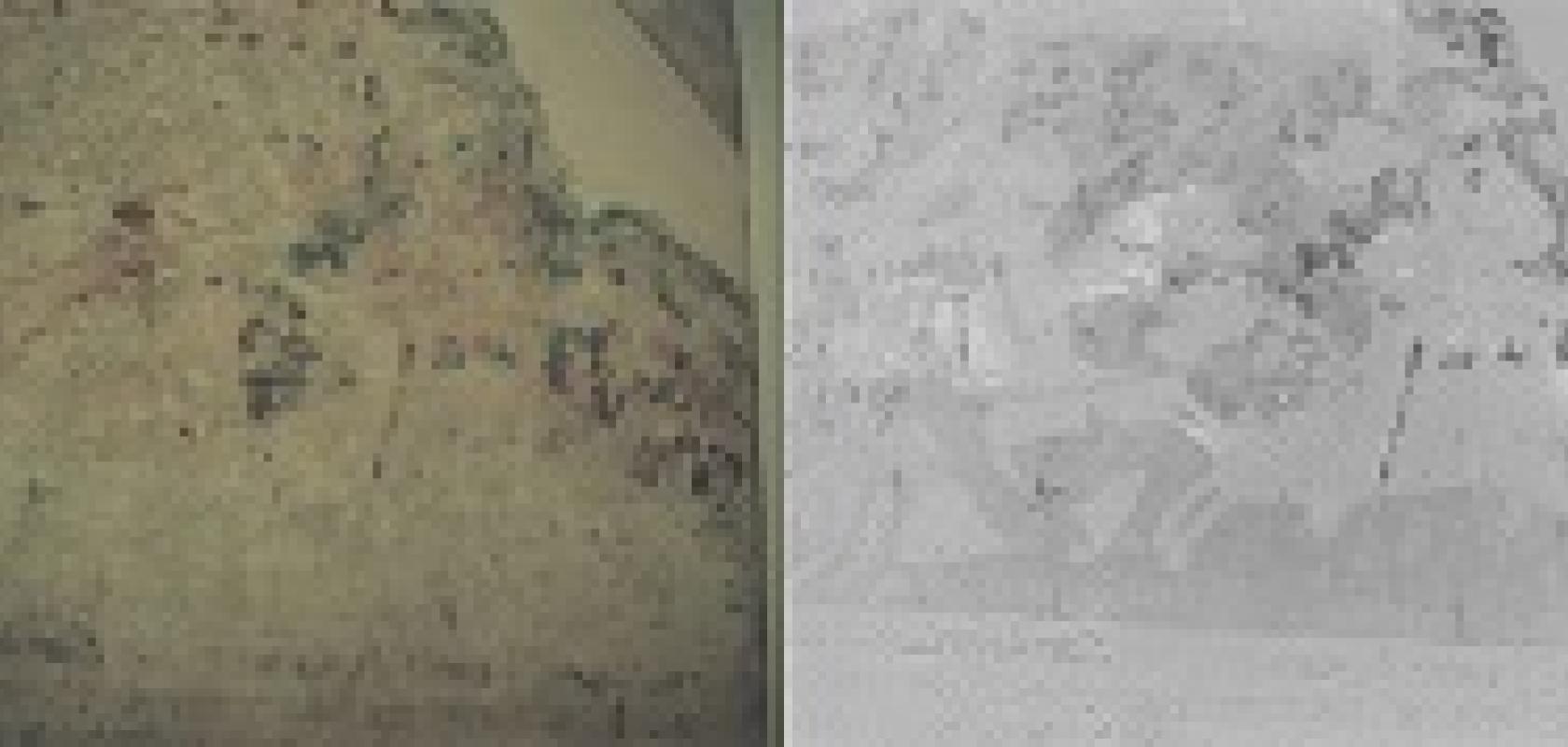A hyperspectral camera has been used to recapture frescos in the cloister of Brandenburg Cathedral, which had faded over many years.
The Fraunhofer Institute for Factory Operation and Automation (IFF) was tasked with developing software for the hyperspectral camera that would allow historians to reveal faded images without using damaging light, such as UV.
The researchers at Fraunhofer IFF collaborated with surveyors at Bgis Kreative Ingenieure in order to map large frescos on curved walls in high resolution. This provides art historians at the Cathedral Museum and Brandenburg State Cultural Heritage Preservation Agency with an overview of larger correlations between images in one collated panorama of the collected images.
The camera observes visible and infrared light, but in this case the software was the innovation that permitted the work. It uses the data produced during hyperspectral imaging to compile around one hundred images on some of which, structures such as painted figures of women or horses come to light. Art experts examine and interpret these images.
The software computes which pigments appear most frequently with the aid of statistics and standardisation. The proportion of these pigment components are then displayed in a separate image. The software algorithm proceeds in exactly the same way, with the second most frequent pigment components in a second image and so forth.
The alternative to hyperspectral imaging was to illuminate the region of interest with a UV lamp which causes pigments to fluoresce. This fluorescence would then be captured using an ordinary camera.
However, the UV light can damage the images causing further degradation, and also the process is quite intensive. The hyperspectral camera uses a normal light source that has much less of an effect on the image. But if the two methods are combined, the hyperspectral camera can also retrieve more out of the fluorescent light because it not only sees the light itself but can ascertain the composition of the fluorescing pigments.
The researchers from the Fraunhofer IFF have already tested their technology successfully in the upper cloister of Brandenburg Cathedral, which is celebrating its 850th anniversary this year: The wall frescos there were described in detail by Hartmut Schedel in the 15th century, but were long thought to be lost until they were rediscovered a few years ago and then restored.
Further information:


